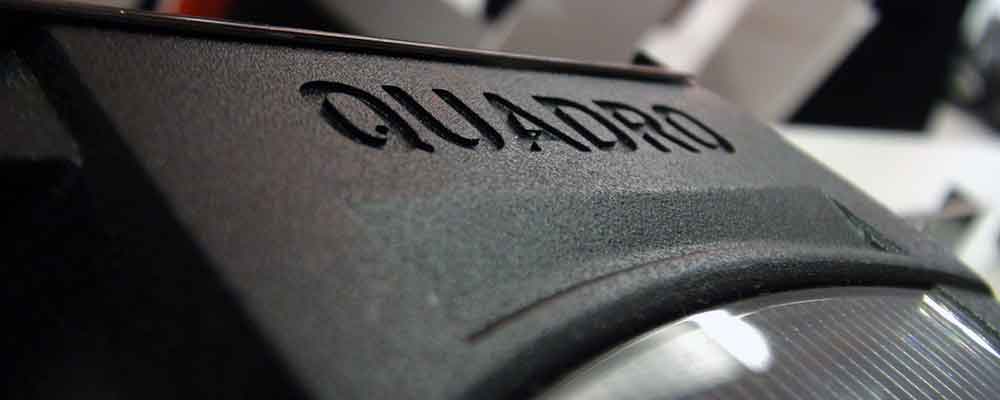
The more you need powerful graphics processing, the more you need graphics memory. The latest Quadro M6000 gets double the memory which is great for rendering and simulation applications.
GPU rendering isn't pushing pixels in the same way that a real-time walk-through with 60 frames per second is. GPU rendering means using the power of the graphics processing unit instead of the CPU for calculating images. The same is true, and more obviously true, when using the GPU to calculate the results of a CFD simulation.
CFD and other simulation techniques are used across many industries: aerospace, automotive, marine, life-sciences, etc. High-end rendering applies to fields as varied as feature films, television, advertising, engineering, design, and architecture. Companies use GPUs for faster calculations & faster results because the increase in performance can be measured not in percentage performance improvements, but in factors of performance improvements.
GPU computing performance applies to everyday workflows. For example, GPUs, and specifically the Quadro M6000, are supported in Ansys Release 17.0. Yes, GPU rendering is popular with production studios like Guru Studios. Design and Engineering teams can also leverage GPU rendering with plugins for popular design applications like Maya, 3DS MAX, & Rhino, as well as with dedicated GPU-rendering applications such as Redshshift, which is a good example of performance gains on GPUs. Redshift can deliver a 10x performance increase in rendering using Quadro GPUs compared to CPU-only rendering. Automotive companies exemplify both needs using GPUs to render prototype styling and designs as well as simulating air-flows for future products.
And common to all of these GPU-based workflows is a need for large quantities of graphics memory. The Quadro M6000 2016 release pushed on-board memory from 12 GB to 24 GB. The GPU remains the same as the 12 GB version and is based on NVIDIA's GM200 GPU with 8 billion transistors, over 3,000 CUDA cores, up to 7 TFLOPS single-precision floating point performance, and a memory bandwidth of 317 GB/s. The combined processing power, memory bandwidth, and onboard memory make the Quadro M6000 the most capable GPU-based computing platform in NVIDIA's Quadro family.
The Quadro M6000 has all the bells & whistles. It drives four, 4K resolution displays. It features 3D stereo connectors. It supports GPUDirect technology for faster GPU communications. It has NVIDA Quadro Sync support and NVIDIA Mosaic support for building multiple display systems for visualization. All those bells and whistles will cost $5,000.
The PW Perspective
When GPU performance is critical and when the performance boost can be multiple times faster than other solutions, the price tag of a Quadro M6000 can look like a real bargain. The 2016 refresh providing double the memory capacity is an improvement on this high-end graphics solution.





